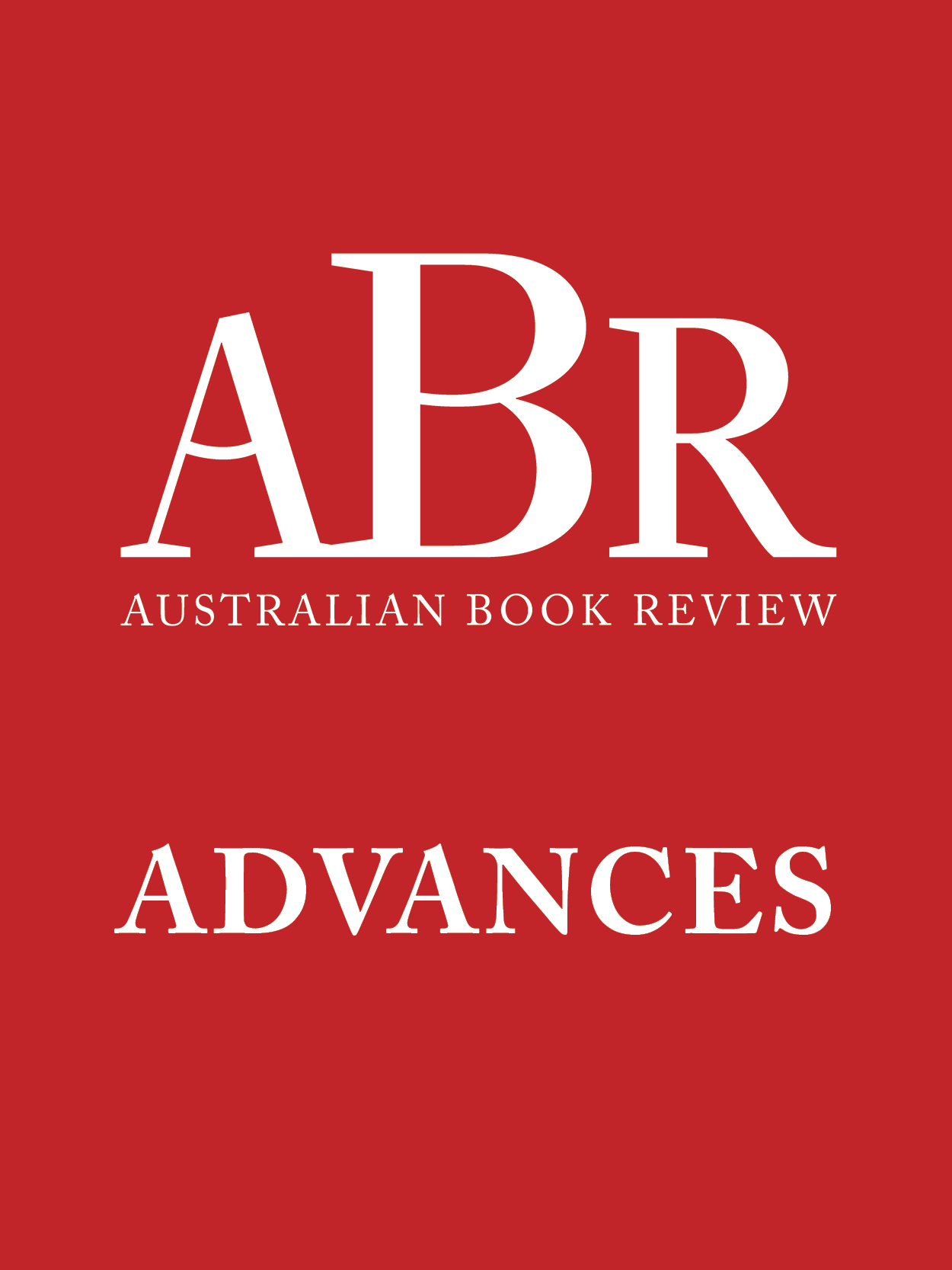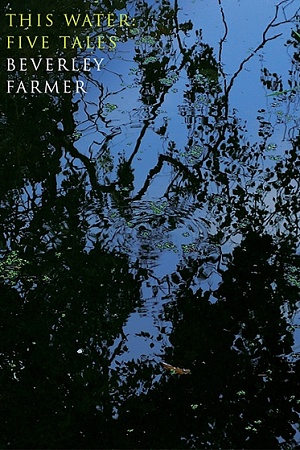Critic of the Month
 Paul Giles is Challis Professor of English at the University of Sydney. His most recent book is Backgazing: Reverse time in modernist culture (Oxford University Press, 2019). A sequel, The Planetary Clock: Antipodean time and spherical postmodern fictions, will be published by OUP in February 2021. He first wrote for ABR in 2015.
Paul Giles is Challis Professor of English at the University of Sydney. His most recent book is Backgazing: Reverse time in modernist culture (Oxford University Press, 2019). A sequel, The Planetary Clock: Antipodean time and spherical postmodern fictions, will be published by OUP in February 2021. He first wrote for ABR in 2015.
What makes a fine critic?
Besides a capacity to write well, critics need to be well-informed. I sometimes get exasperated by reviewers without sufficient expertise in the topics they are considering. On the other hand, academic pedantry can also be off-putting, particularly when couched in a clunky style. In general, I’ve found the most memorable pieces to be those which say something about the reviewer as well as the author under review, like portraits which work through a kind of double vision, offering insights into the painter as well as the sitter. There was a very good essay on Les Murray by J.M. Coetzee in the New York Review of Books a few years ago which had this double-edged quality.
Continue reading for only $10 per month. Subscribe and gain full access to Australian Book Review. Already a subscriber? Sign in. If you need assistance, feel free to contact us.










Leave a comment
If you are an ABR subscriber, you will need to sign in to post a comment.
If you have forgotten your sign in details, or if you receive an error message when trying to submit your comment, please email your comment (and the name of the article to which it relates) to ABR Comments. We will review your comment and, subject to approval, we will post it under your name.
Please note that all comments must be approved by ABR and comply with our Terms & Conditions.